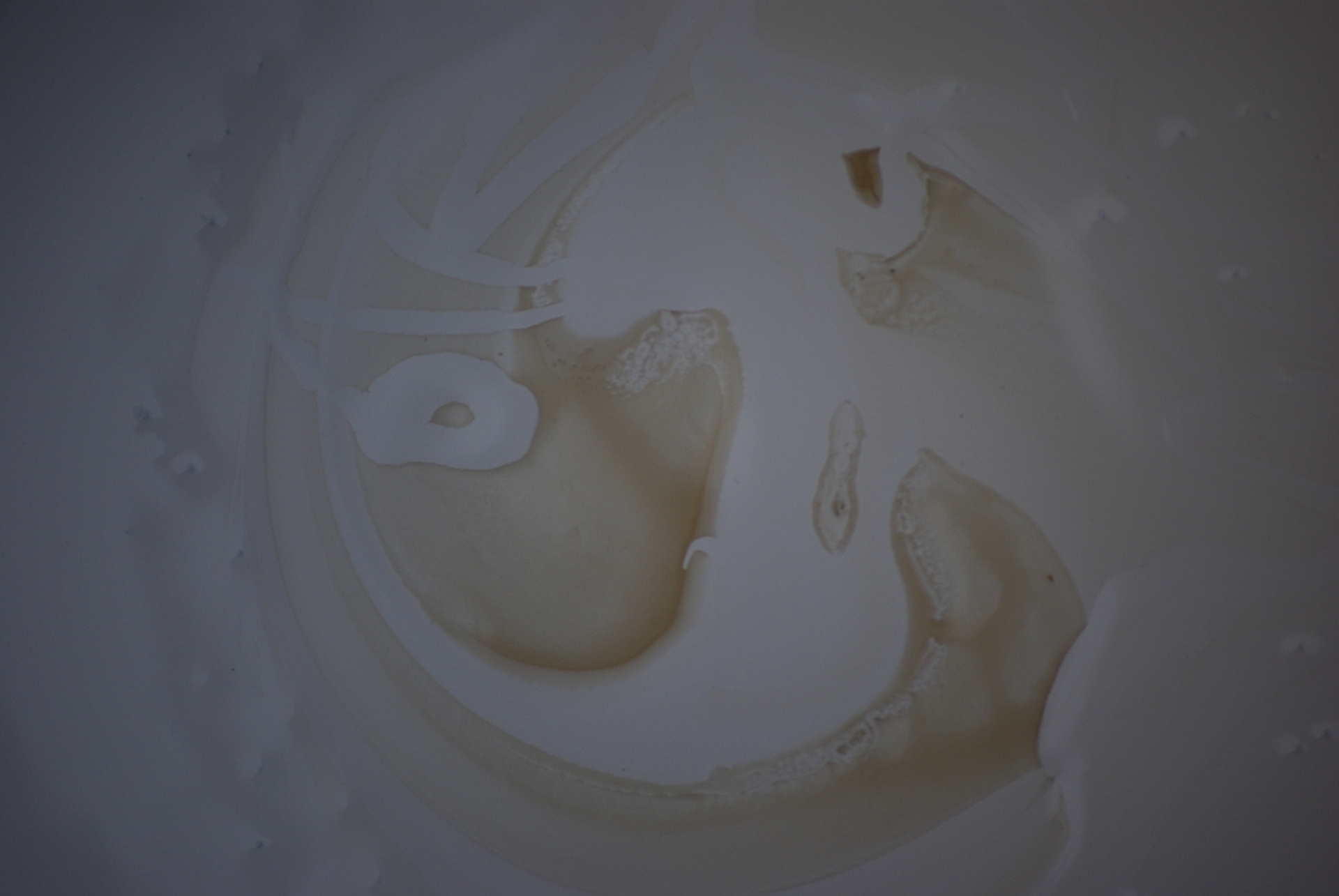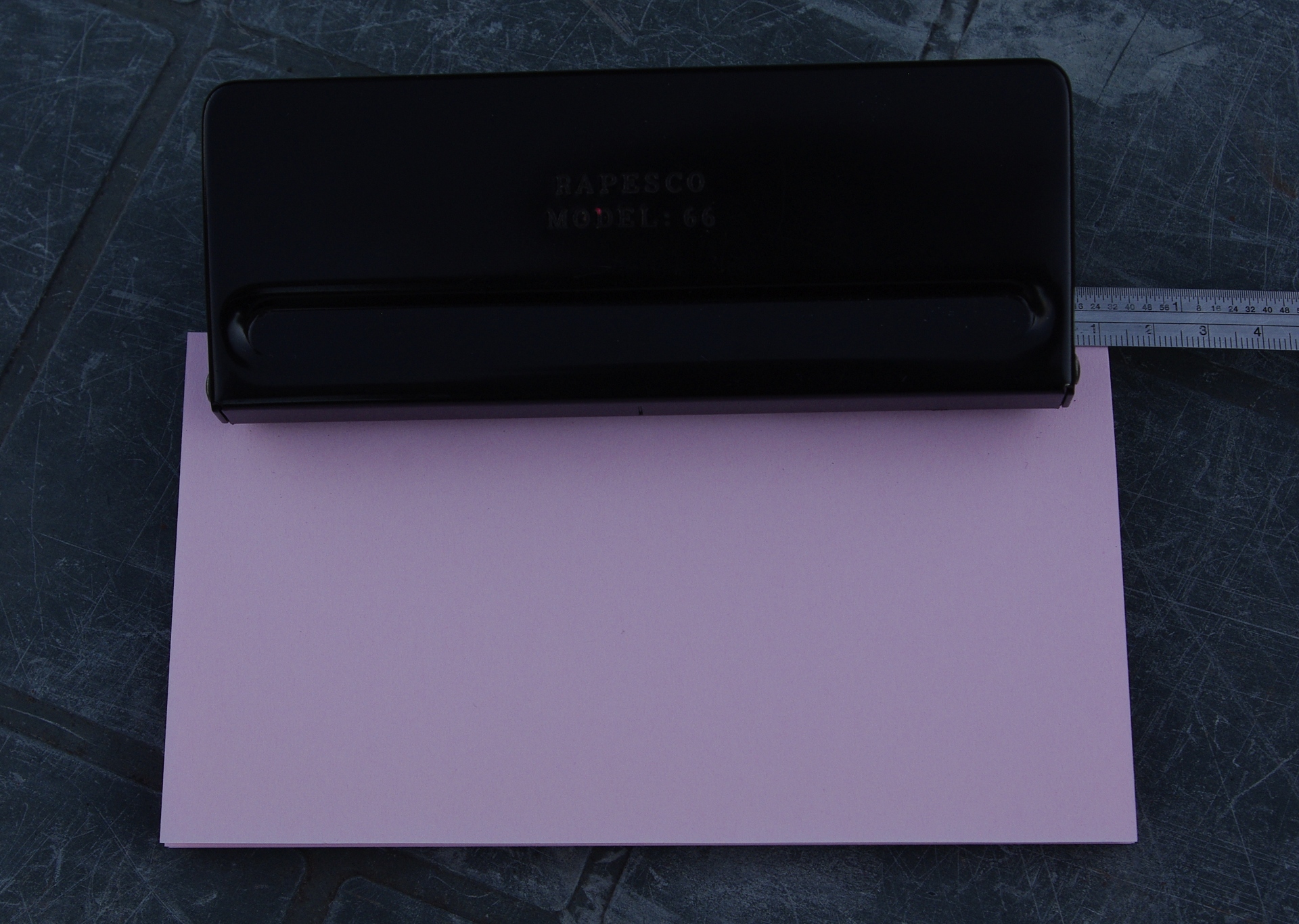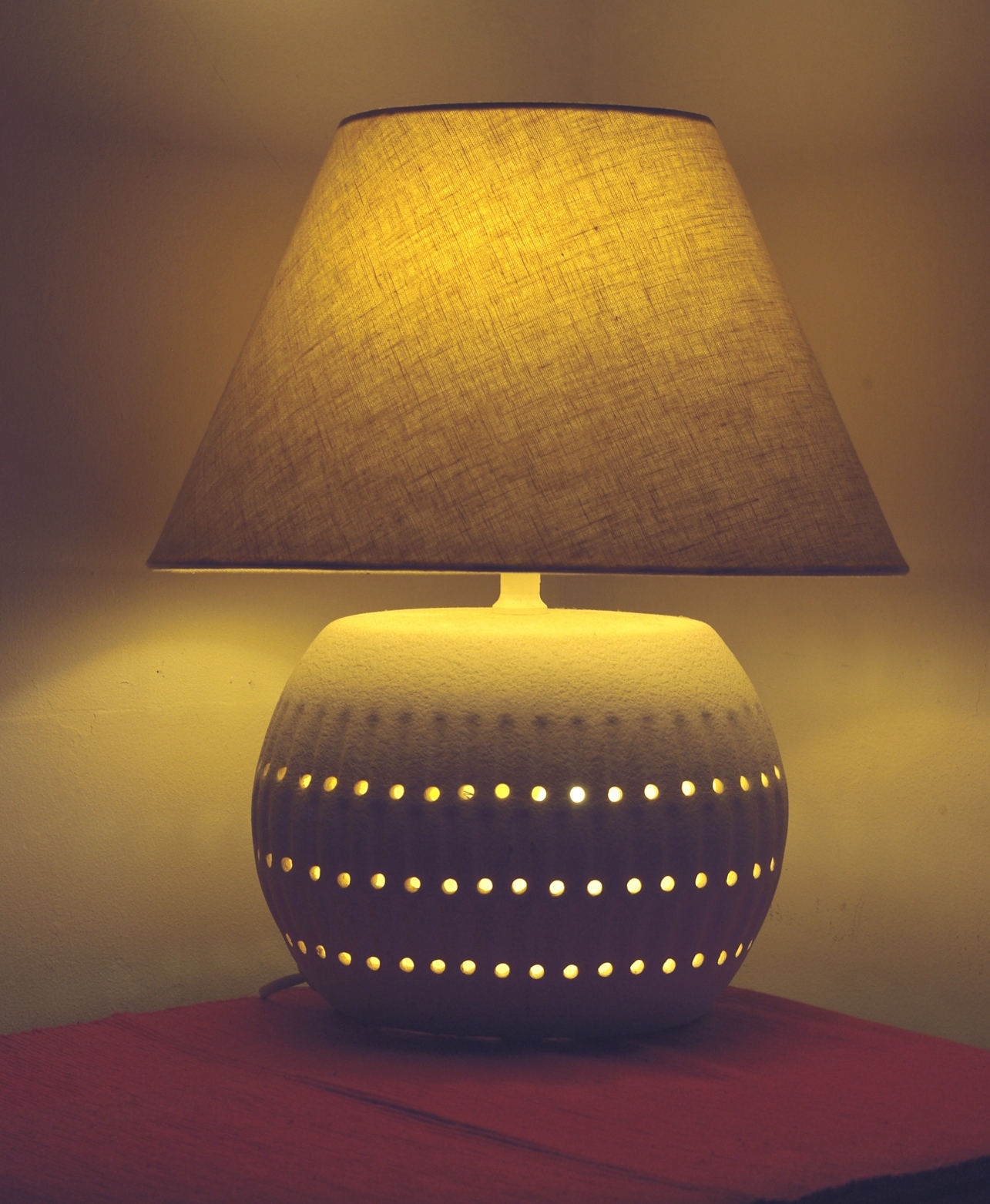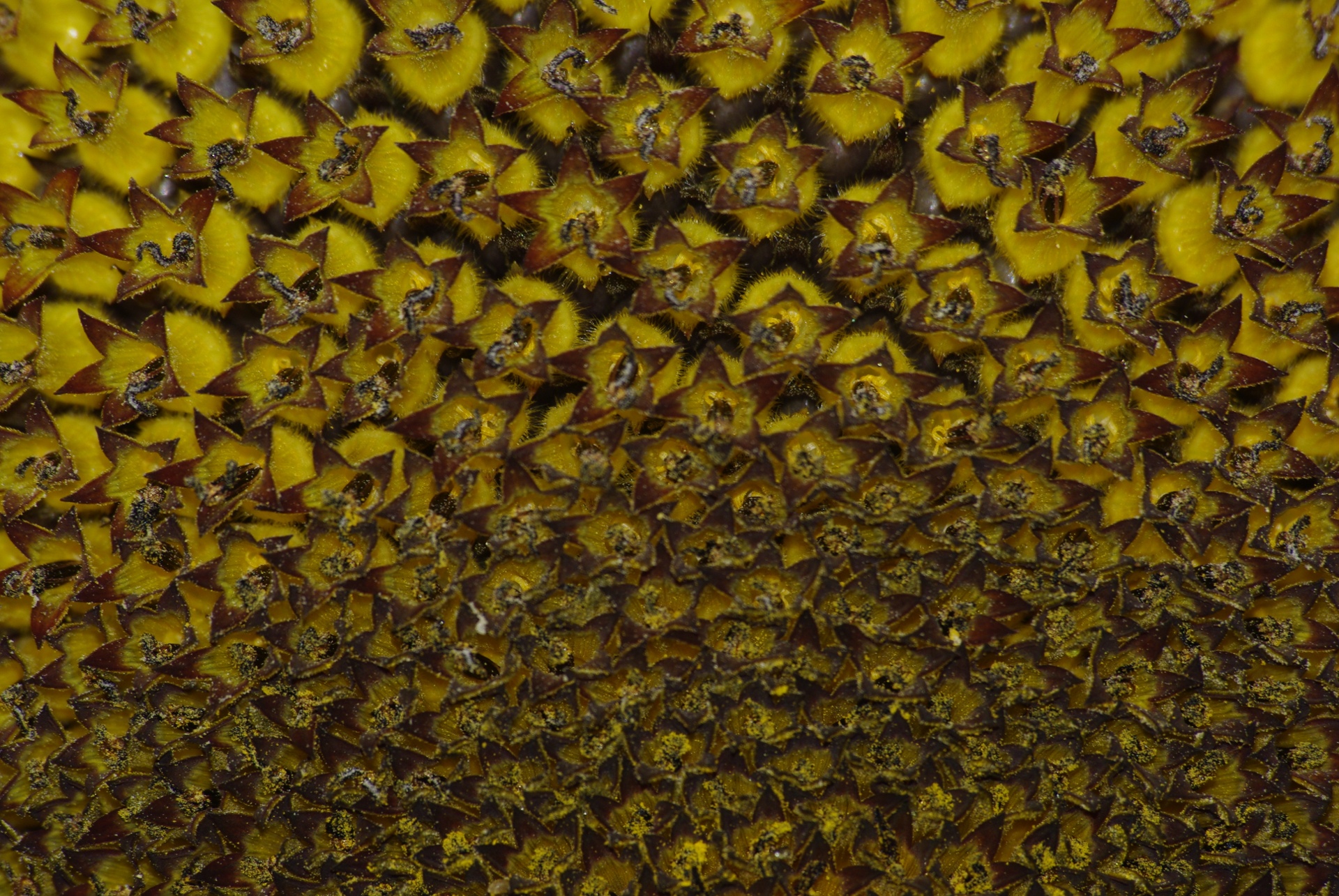Monthly Archives: October 2011
A, B, and C…
Do you remember them? The story went something like this:
A set out for B’s house, three miles away, at d miles an hour. B set out for A’s house at the same time, at e miles an hour. State the formulae for calculating the time t minutes before they meet, and the position of the point p where this occurs.
They talked for five minutes, then headed for B’s house at f miles an hour. Meanwhile, five minutes after they started out, C set out for B’s house at g miles an hour. State the formula… And so on…
This post was prompted by the ‘100 word challenge’ here.
It is based on some memories of long ago!
9 October 2011: Silent Sunday
Summer is Over…
As I looked out of the window on Wednesday morning, it seemed that the unseasonal weather had ended at last. The autumn heatwave, which will, no doubt, go down in meteorological history, was evidently finally over. Rain had fallen overnight, and cloud cover remained at what the experts once called ‘eight over eight.’ A few garden flowers still seemed reluctant to submit to the inevitable entrenchment of ‘the fall.’
On Thursday, typical equinoctial weather prevailed – a cold start, wind, a mild noon, showers, and a cold finish; the cacophony of roosting birds occurring noticeably earlier. All the flowers were withered. All? Not quite…
 This post was prompted by the ‘100 word challenge’ here.
This post was prompted by the ‘100 word challenge’ here.
It is based on my own observations over the last few days.
The Gallery: Week 77 – Colour
Just one colour, the lady said. Just pick one.
Now, there’s a poser, thought I. A spectrum, madam? A kaleidoscope? A veritable riot of chromaticity? On all counts, I could supply you from stock. But one colour… ah, there, you have me…
Full of such musings, I walked out onto my patio – and there, the answer hit me between the eyes. Or, more correctly, hit me right in the eyes. Here it is: I give you…
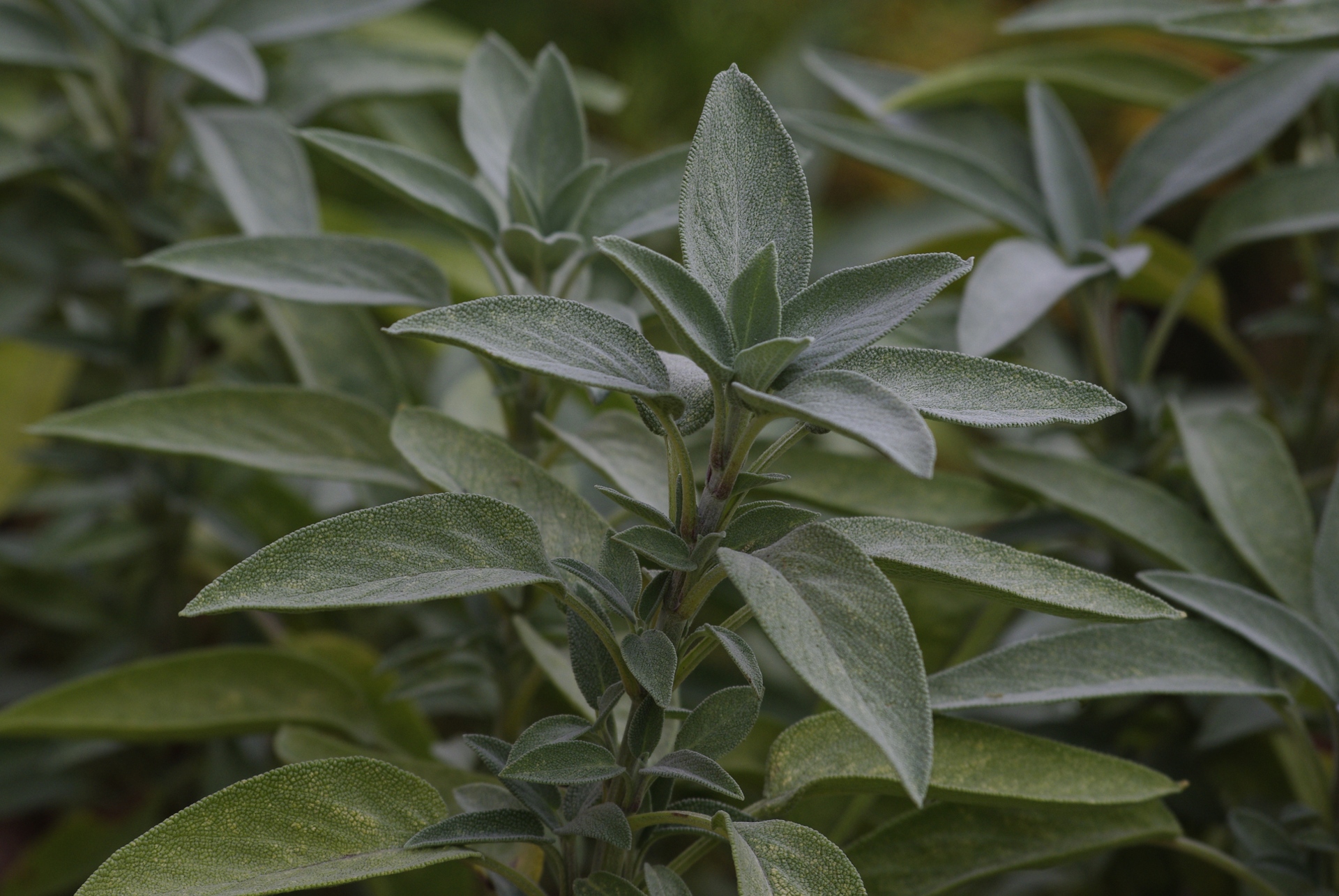 Shape, line, texture. And colour. One colour. Which is, er, well… sage green.
Shape, line, texture. And colour. One colour. Which is, er, well… sage green.
This post was prompted by ‘The Gallery’ here.
It's kind to share!More Pages, Please…
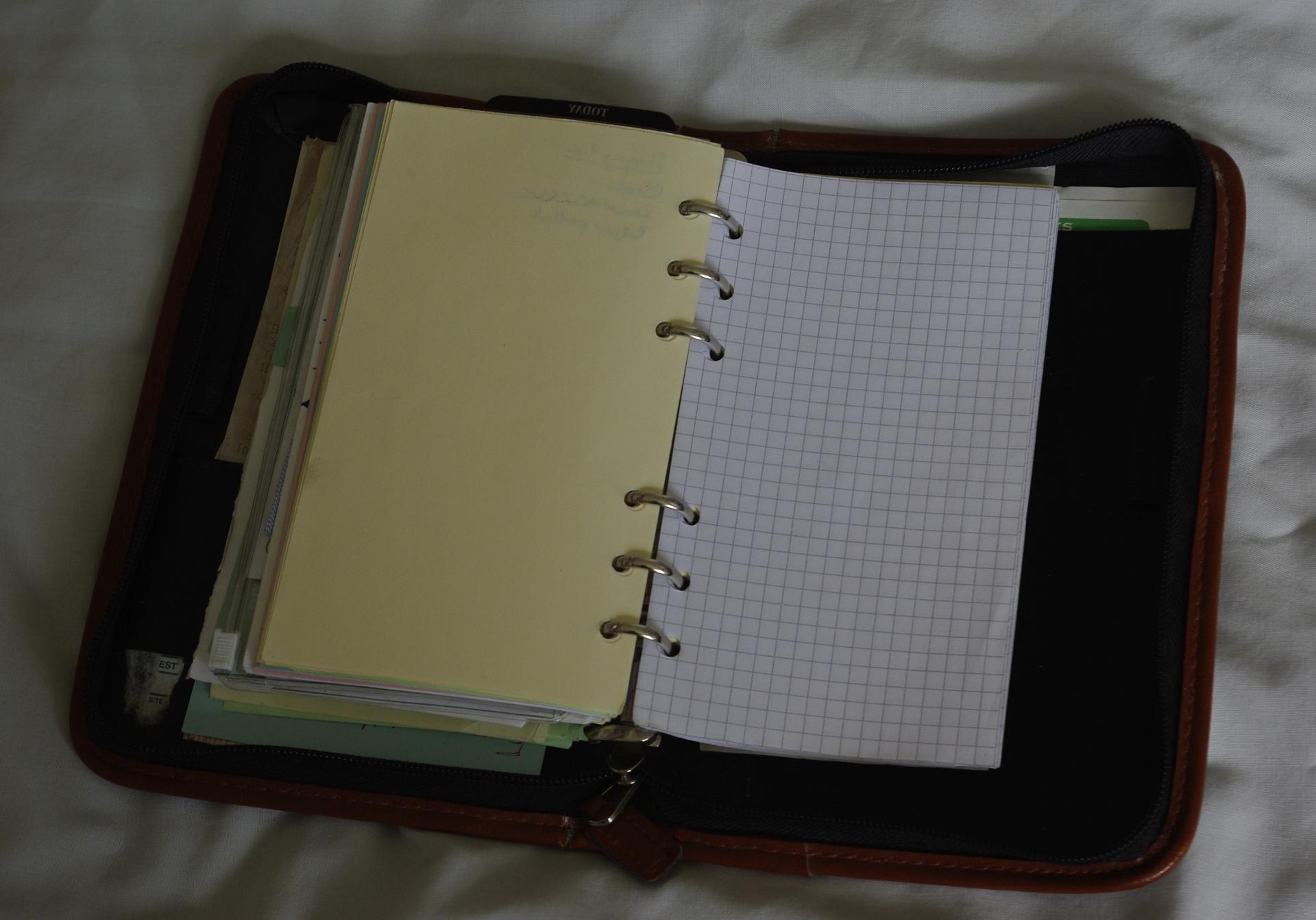 Many of us use this type of diary/organiser, and that’s not surprising. They’re versatile, rugged, small enough to take around but large enough to be useful, and usually affordable, particularly if you shop around. The only real snag is that supplies of extra pages are quite expensive, and the choice of paper type is limited. Here’s how you can get round this problem:
Many of us use this type of diary/organiser, and that’s not surprising. They’re versatile, rugged, small enough to take around but large enough to be useful, and usually affordable, particularly if you shop around. The only real snag is that supplies of extra pages are quite expensive, and the choice of paper type is limited. Here’s how you can get round this problem:
First of all, you’ll need (obviously) a stock of the various kind of paper you like to use. I find coloured paper very useful because you can allocate different colours to different subjects. Shop around for bulk packs of assorted colours. Squared paper is also a winner – just get hold of an A4 pad.
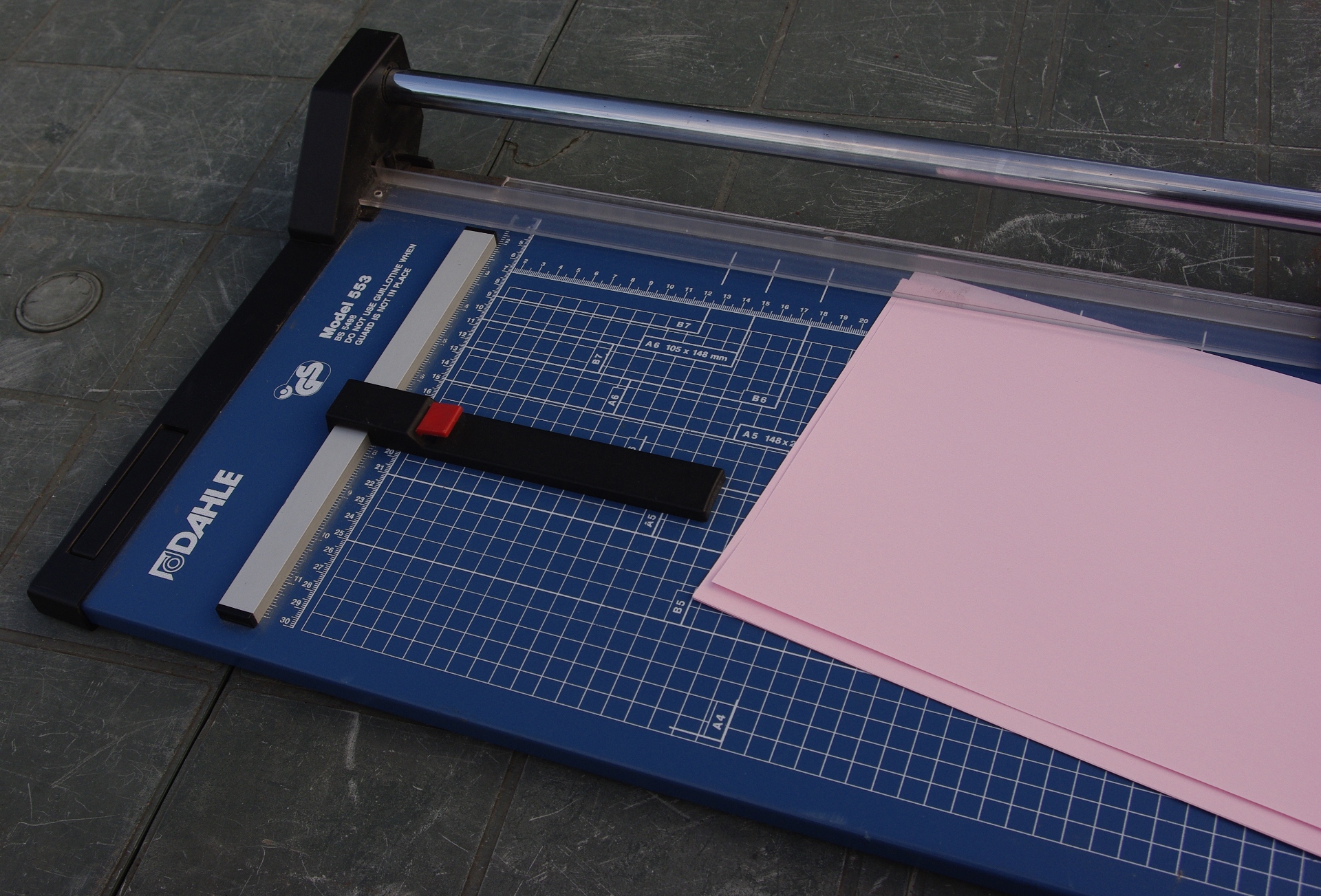 Then you’ll need a trimmer like this one – again, shop around for one that suits your needs as they are clearly useful for lots of things besides making organiser pages – all sorts of craft work, preparing printed photos for display, in fact for any time you need a straight and clean edge on a piece of paper! Generally, more expensive ones will have greater cutting capacity.
Then you’ll need a trimmer like this one – again, shop around for one that suits your needs as they are clearly useful for lots of things besides making organiser pages – all sorts of craft work, preparing printed photos for display, in fact for any time you need a straight and clean edge on a piece of paper! Generally, more expensive ones will have greater cutting capacity.
The other main item you’ll need is – no prizes for guessing – a special 6-hole punch. This is comparatively expensive as it has only one purpose, but, with care, will last a lifetime – and is available in an adjustable design to suit standard and small-size organisers.
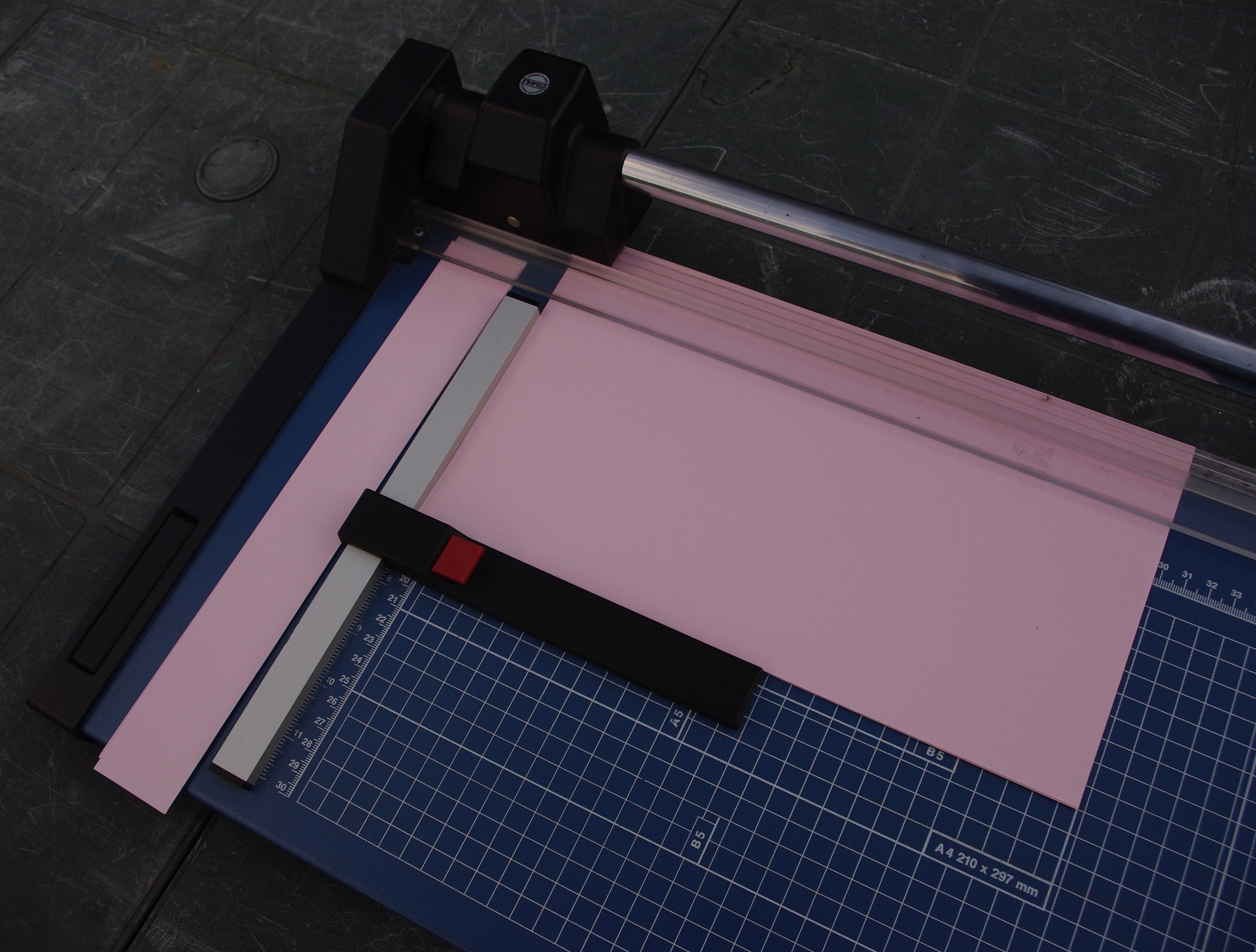 This picture shows pink A4 paper being reduced to 170mm wide – for the long side of the pages. This measurement isn’t sacred, by the way – a little more or less might suit you. Also note that for lined paper, and for the smaller organisers the cutting plan will need to be different, but the general idea is the same. Oh, and those little left-over strips make bookmarks and other crafty things! About five sheets at a time is sensible to cut.
This picture shows pink A4 paper being reduced to 170mm wide – for the long side of the pages. This measurement isn’t sacred, by the way – a little more or less might suit you. Also note that for lined paper, and for the smaller organisers the cutting plan will need to be different, but the general idea is the same. Oh, and those little left-over strips make bookmarks and other crafty things! About five sheets at a time is sensible to cut.
Next, of course, these sheets are cut in the other direction – typically to give a page 95mm wide – again, see what suits you. This give three lots, or fifteen pages in total at a time.
This picture shows the special punch in use. Note the use of the rule to check that the pages are reasonably centralised. (Un fortunately, this punch doesn’t have a paper guide.) Again, five sheets at a time is about right for the punch to cope with. At the end of the job, a tray of coloured confetti is left!
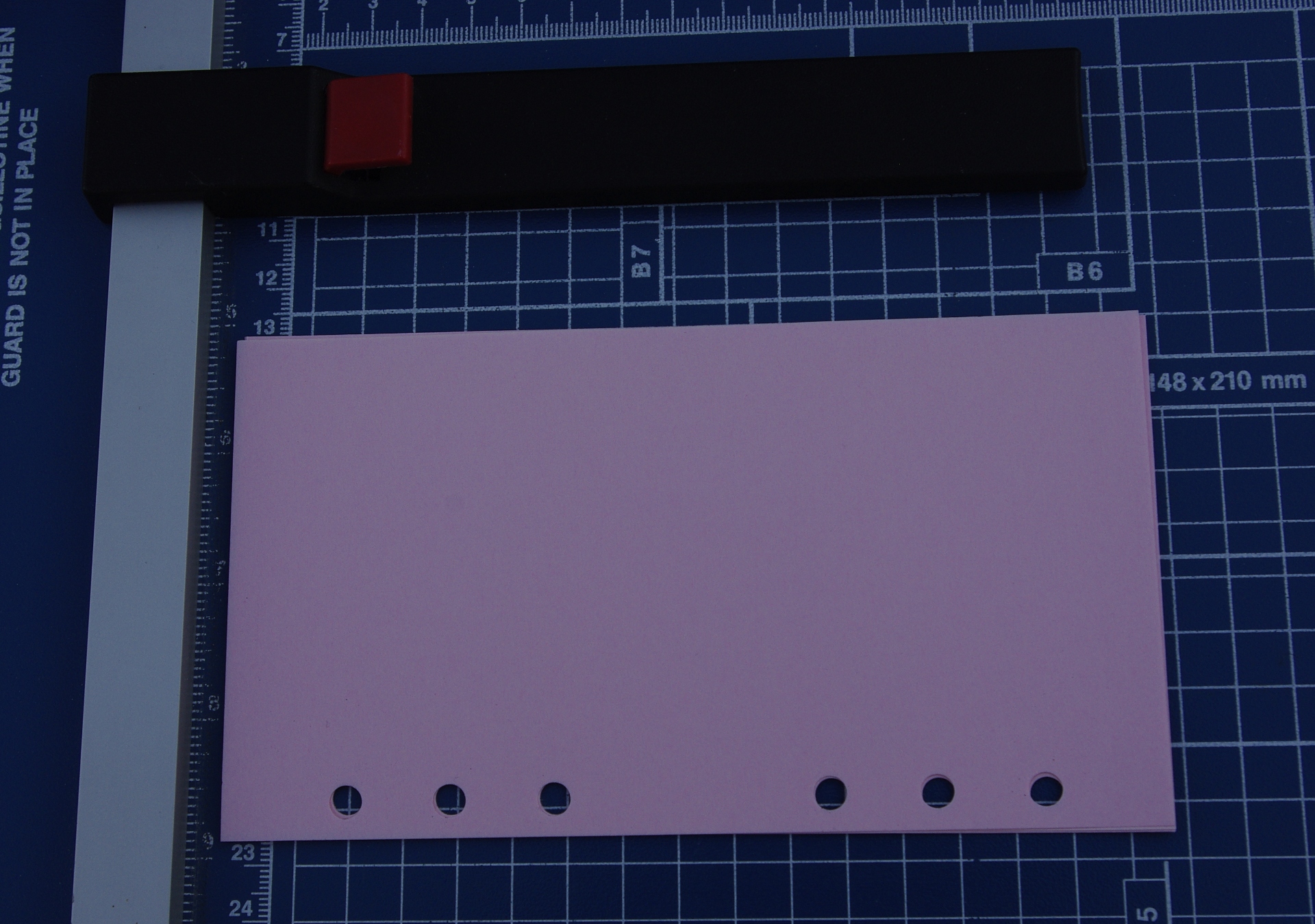 …And here is the finished product. To sum up, in return for some initial outlay, with care you can inexpensively make as many (or as few) extra organiser pages as you like, when you like, from whatever paper you like – even in your favourite colour – and you’ll have the satisfaction of having something that’s just that bit different.
…And here is the finished product. To sum up, in return for some initial outlay, with care you can inexpensively make as many (or as few) extra organiser pages as you like, when you like, from whatever paper you like – even in your favourite colour – and you’ll have the satisfaction of having something that’s just that bit different.
I hope you find this post interesting and helpful.
It was prompted by the ‘Show Me Your Stationery’ blog theme here:
The Gallery: Week 76 – Home
Ever since earliest times, one important feature of a home has been the provision of artificial light. Indeed, the progressive development of domestic lighting makes a fascinating study, from the firebrand to the light-emitting diode. In particular, recent advancements in small ‘compact fluorescent’ lamps have enabled the conversion of electrical energy into light without wasting so much as heat, as had already been achieved with larger linear fluorescent lamps. At the same time, advances in phosphors used in these lamps mean that the colour appearance of the light given out is much pleasanter than that of the so-called ‘white’ fluorescent lighting that has been in common use for many years.
So now, your chosen ‘table lamp’ can give a friendly light, yet be energy efficient too. Here is a favourite of mine.
An Expensive Mistake
This post was prompted by the ‘100 word challenge’ here:
It does not relate to any real life event!
NEW EURO MELT-DOWN FEAR LEAVES MINT RED-FACED!
At an unnamed European mint, 18-carat white and yellow gold blanks intended for making special commemorative coins have inadvertently been fed into machinery producing 1-Euro coins for general circulation.
The coins were shipped out and issued into the banking system before the mistake was discovered, although shipments are said to be traceable to just three locations. It is not yet clear whether any banks have released any of the coins. Experts have stated that if so, they are unlikely to be recovered as the gold they contain is worth over a hundred times their face value.
It's kind to share!2 October 2011: Silent Sunday
It’s About Time…
What’s the time?
A very everyday sort of question. But take away one word and it changes from mundane to challenging…
What is time?
The concept of time allows us to put events, from the most minor to the most important, into a sequence. For example, you might tell me that a parcel arrived before breakfast. And then, just as it’s useful to have a unit of length, such as a metre, and not just say things like “This piece of string is too short”, we need units of time. A day is a very traditional unit of time. This came, over time (see how the word crops up?) to be divided into hours, minutes, and seconds. In some fields such as electronics, intervals of less than one nanosecond (that’s one thousand-millionth of a second) may be important. (In that time, this computer has dealt with three events!)
Actually, there’s even a snag with defining the second as a fraction of a day. The length of a day is not strictly constant. I know that often seems true, but here I’m referring just to the physics of it! Seriously, days vary and are on average getting ever so slightly longer. So scientists had to come up with a new way of defining the second. What they settled on is all to do with radiation. We’ve all seen how sodium in common salt will turn a gas flame bright yellow, and anyone who’s done much plumbing will know how copper turns a flame green. Well, that’s all to do with the radiation that’s characteristic of an element. The element Caesium has in its spectrum a particular wavelength of microwave radiation – and all waves, of course, have individual beats (oscillations.) The second is now defined, would you believe, as the duration of 9,192,631,770 oscillations of this particular radiation from Caesium 133. You were dying to know that, weren’t you? There you are, then!
So much for the scientific bit. how do we all get on in real life? Well, it’s often said that work expands to fill the time available. So, is the reverse true? If we suddenly find that less time is available to complete a task than we first thought, can we still do it anyway?
To answer this, I carried out an experiment. I didn’t start out with this intention, but what happened was this: I was installing new lighting in a building used for community purposes, and had been advised that this building was not required to be used during August. Some problems with work being carried out by others led to a delay in the availability of the building for my work to be done, so I chose to work on the bank holiday. I made good progress, but a lot of work remained to do. Imagine, then, how I felt when I learned that the building was to be used the following evening!
I’ll just say that everyone involved was very co-operative and understanding, and the lights went on twenty minutes before the event was due to begin! So the answer is ‘yes – just, but don’t count on it.’ (Not a very scientific way to put it, I know.)
I could regale you with more scientific theory and more hair-raising anecdotes of my working life. But not now. There isn’t time.
This post was prompted by the Writing Workshop here:


